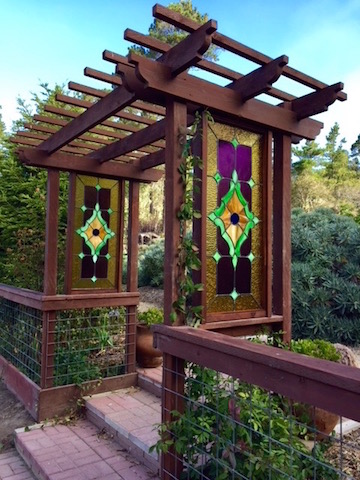 This time of year is an excellent time of year to plan for new additions to your garden. You may live in an area that requires you to wait until the soil has warmed in the spring to plant. In more temperate zones, the fall is the best time of year to add to your garden, giving them time to establish their roots before the spring growing season.
This time of year is an excellent time of year to plan for new additions to your garden. You may live in an area that requires you to wait until the soil has warmed in the spring to plant. In more temperate zones, the fall is the best time of year to add to your garden, giving them time to establish their roots before the spring growing season.
In planning your garden you need to observe and be aware of the “microclimates” in your yard. The word “microclimate” refers to the various climatic conditions in a small area. Microclimates in a garden influence what will grow and thrive.
Microclimates in your yard are affected by temperature, humidity, wind, frost, heat, various elevations, seasonal changes, and man-made objects such as stone patios and fences. Understanding these conditions and how the sun rises and sets over your garden during the various seasons can help you to plan for ideal conditions for plants. Study the mini-zones in your yard. Is there a cool, moist, north facing wall? Are there large trees or shrubs that shade portions of your garden? Is landscape water available to all areas? Are fences solid, blocking sun or wind, creating different growing conditions along their borders?
You can intensify or change microclimates in your yard by installing flagstone paths around plants to increase warmth. Finely crushed gravel retains water and increases heat. Large rocks keep soil moist. Berms (mounds of soil) create a warmer side on their south and west sides and cooler spots on the north and east.
Being aware of the microclimates and individual plant needs will help you make informed decisions about the proper placement of plants. There are plants just waiting to find the proper niche in your garden.


